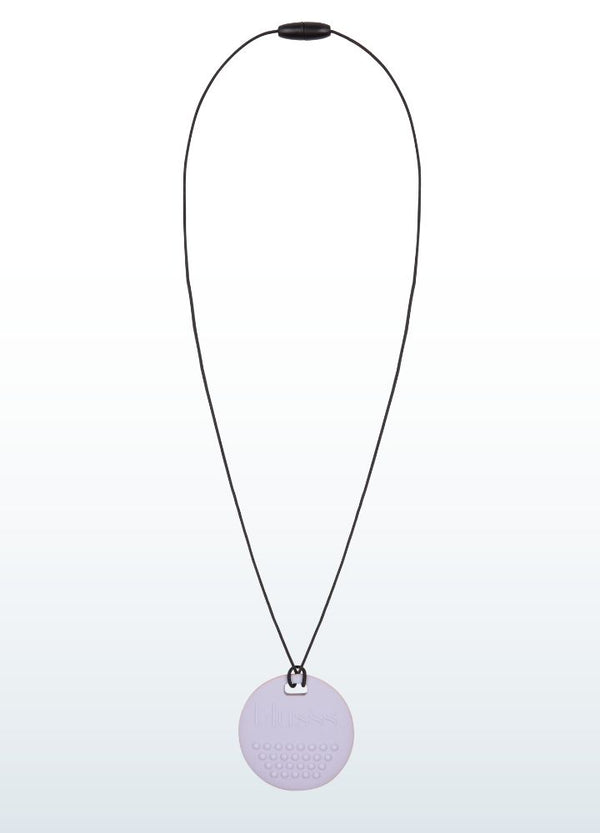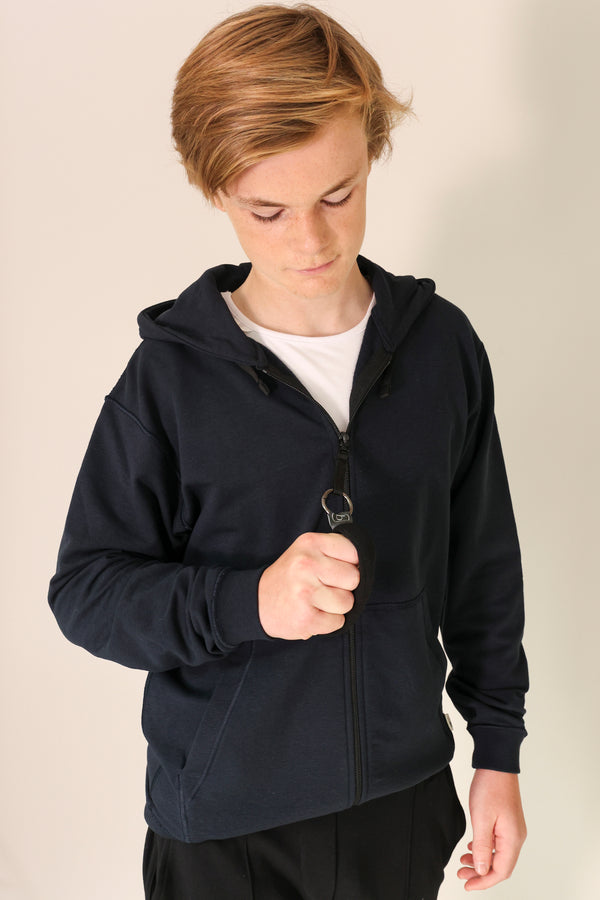Insights on ADHD - Attention Deficit Hyperactivity Disorder

Attention Deficit Hyperactivity Disorder (ADHD) is a neurodevelopmental disorder that affects millions of children and adults worldwide. It is characterized by persistent patterns of inattention, hyperactivity, and impulsivity that interfere with daily functioning and development.
Understanding ADHD
ADHD encompasses three primary types:
- Inattentive Type: Individuals struggle with sustaining focus, following instructions, and organizing tasks. They might frequently lose items or become easily distracted.
- Hyperactive-Impulsive Type: Characterized by excessive movement, fidgeting, and impulsive actions, this type often involves difficulty waiting turns or interrupting others.
- Combined Type: Includes a mix of symptoms from both inattentive and hyperactive-impulsive types.
While ADHD is most commonly diagnosed in childhood, symptoms often persist into adulthood, although they may present differently.
Common Signs and Symptoms
ADHD symptoms vary by age and individual, but some common indicators include:
- Inattention: Difficulty focusing on tasks, frequently making careless mistakes, or avoiding tasks that require sustained mental effort.
- Hyperactivity: Constant movement, inability to stay seated, and talking excessively.
- Impulsivity: Interrupting conversations, acting without thinking, or experiencing challenges with self-control.
In adults, ADHD might manifest as chronic lateness, difficulty managing time, or struggles with maintaining personal and professional relationships.
Causes and Risk Factors
ADHD's exact causes are not fully understood, but research suggests a combination of genetic, neurological, and environmental factors. Key influences include:
- Genetics: ADHD often runs in families, suggesting a hereditary component.
- Brain Structure and Function: Differences in brain activity, particularly in areas controlling attention and impulse regulation, have been observed.
- Environmental Factors: Exposure to toxins, prenatal substance use, or low birth weight may increase risk.
Diagnosis and Treatment
Diagnosing ADHD involves a comprehensive evaluation, typically conducted by healthcare professionals specializing in developmental or mental health disorders. The process includes behavioral assessments, input from caregivers or teachers, and ruling out other potential causes of symptoms.
Treatment approaches are often multi-faceted, including:
- Behavioral Therapy: Focuses on teaching coping mechanisms, organizational skills, and strategies to manage impulses.
- Medication: Stimulants like methylphenidate or non-stimulants such as atomoxetine help regulate brain activity to improve focus and self-control.
- Educational Support: Individualized education plans (IEPs) or classroom accommodations can support learning and reduce distractions.
Living with ADHD
ADHD can present unique challenges, but with effective management, individuals can lead successful, fulfilling lives. Awareness and education about ADHD are crucial in reducing stigma and promoting understanding. Developing routines, using tools like planners or reminder apps, and building a supportive network of family, friends, and professionals can make a significant difference.
Conclusion
ADHD is a complex condition that affects individuals differently, but with proper diagnosis and personalized strategies, its impact can be effectively managed. Early intervention, tailored treatments, and an empathetic approach from society can empower those with ADHD to thrive. By fostering understanding and providing resources, we can create an environment where individuals with ADHD can harness their strengths and overcome their challenges.
Focus can feel elusive when you’re navigating the dynamic world of ADHD. Blusss offers innovative and calming sensory solutions designed to channel energy and inspire clarity. Whether it’s refined tools for organization or comforting sensory aids, our products are crafted to support your journey with style and grace. We create harmonious solutions to balance vibrancy with focus, helping you thrive in all aspects of life.
Let Blusss bring structure to the brilliance of your mind. Discover our solutions.







